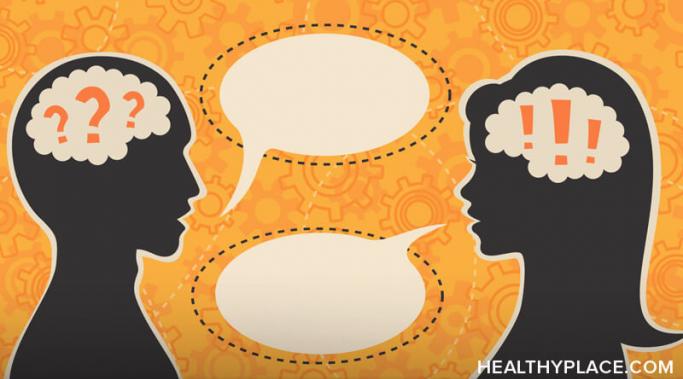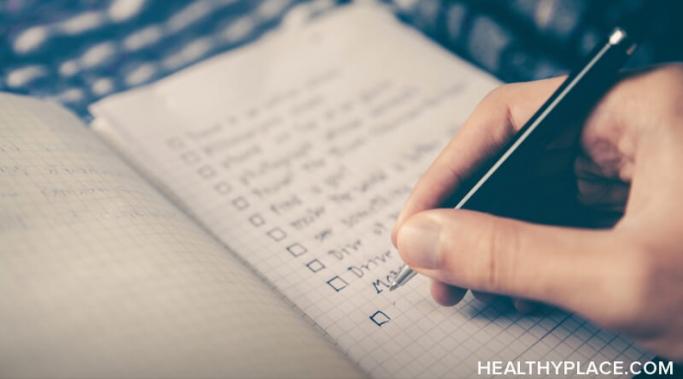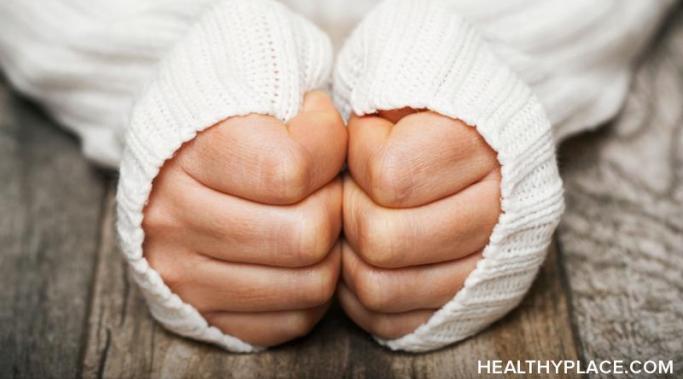Self-Injury Awareness Month 2021 is upon us. March offers an excellent opportunity to educate ourselves and each other about self-harm—and if you're not sure what exactly you're supposed to do with this opportunity, here are a few ideas to spark your creativity.
Speaking Out About Self Injury
Decluttering your home might seem like a daunting task, but it can also serve as a self-harm distraction and help you gain control over your emotions. There's no doubt, cleaning up and organizing your surroundings has a proven therapeutic effect on your mental health.
One of the most vital components of recovering from self-injury is learning to manage the urges that drive you to hurt yourself. Rarely is this as simple as relying on willpower alone to tell yourself "no." Enter self-harm urge surfing: a potential recovery tool that requires patience, rather than power, to use.
Technology can be both a curse and a blessing. On the one hand, many time-stealing apps might be detrimental to mental health in the long run, but, on the other hand, occasional gems like the Calm Harm app provide a much-needed distraction when the urge to self-harm strikes.
Broaching a sensitive topic like self-injury can be daunting. On the one hand, talking about self-harm is often an important part of the healing process, but on the other hand, it can feel a bit like trekking across a field filled with landmines. If you're worried about how to talk about self-harm, here's what not to say—and a few suggestions for what to try instead.
The year 2021 has now officially kicked off, and many of us have set out to become self-harm-free. However, New Year's resolutions alone won't be enough to get us there. It's crucial to develop a practical self-harm care plan that you can reach out for in time of crisis.
One of the hardest things about caring for someone is that when that person hurts, you hurt. It's only natural to want to make the pain go away. But when you love a self-harming partner, things are rarely that simple.
"The 5 Second Rule" is not just about picking up food from the floor. It's also the title of an excellent book by Mel Robbins. It can help you create many positive changes in your life, such as becoming self-harm-free. What is this rule about, and how can you use the five-second rule to combat self-harm urges? I'll tell you all about it in this post.
Despite a seemingly simple definition, it can be difficult sometimes to draw the line between what does and does not qualify as a self-harm disorder. Excoriation, for example, involves purposely and repeatedly harming your own skin—but is skin picking really self-harm?
The year 2020 is finally coming to an end, so inevitably, New Year's resolutions are looming on the horizon. Being self-harm-free might seem like a huge commitment and a lot of pressure to put on yourself from January 1st. However, if you break it down into smaller tasks that feel both achievable and not too overwhelming, living self-harm-free can become a realistic goal.









